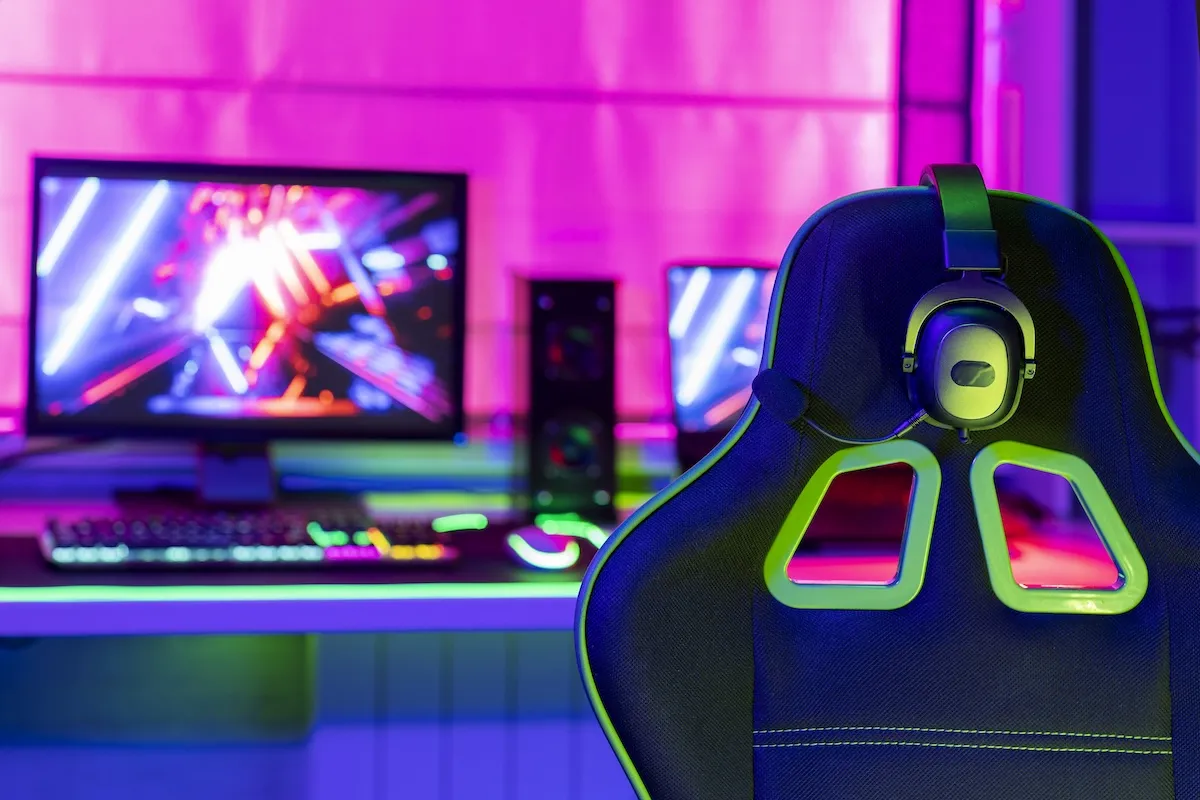Digital ownership seems inevitable in games, yet major publishers still hesitate. I believe that this hesitation won’t last once the money, technology, and players all come together.
Key takeaways
-
Budgets for blockbusters keep rising while revenue growth stalls, nudging publishers to seek fresh income sources.
-
NFT technology remains rough, scalability, fees, and wallet setup all need polishing but Layer 2 chains and “invisible wallets” are already fixing the worst pain points.
-
Game‑store royalties and platform cuts discourage true secondary markets; blockchain rails let publishers earn slice‑of‑life royalties forever.
-
Players win through real ownership, trading, and even earning from play, benefits traditional systems can’t match.
-
Just as the internet moved from novelty to necessity, NFTs sit on a long runway, yet the destination looks certain.
Economic pressure on AAA game studios
Budgets for a flagship title climbed at a 6 % CAGR between 2017 and 2022 and could hit 8 % through 2028, but industry revenue grew only 1 % from 2021‑2023 (Boston Consulting Group, 2024). I’ve shipped games long enough to know that kind of mismatch keeps CFOs up at night. An extra revenue layer isn’t a luxury; it’s self‑defense.
The NFT gaming market is forecast to touch US$1.08 trillion by 2030. That’s roughly four times the whole software side of today’s game industry. Publishers can’t afford to watch that cash river flow past.
NFTs unlock new money streams:
-
Limited‑edition presale drops fund development up‑front.
-
Code‑enforced royalties keep paying every time an item trades.
-
Cross‑IP licensing lets a studio sell its art into other games, something promoters already pitch to Marvel‑scale rights holders.
None of these exist in the closed loops of Xbox Live or PlayStation Store. AAA firms will go where the money points.
NFT technology is in its early phase
I’m the first to admit that today’s user experience hurts. Gas fees spike, chains clog, and wallet creation scares casual fans. Yet solutions are landing fast:
-
Immutable X and other Layer 2s mint and trade NFTs without gas and handle thousands of transfers per second (Vocal Media, 2024).
-
Studios such as Mythical Games auto‑create wallets behind the scenes and skip the crypto jargon for more than a million players.
Technical drag looks familiar. In 1995 the web loaded one JPEG line by line on a 56k modem. We still built Amazon. Performance flaws slowed adoption; they never stopped it.
Royalties, game stores, and the control puzzle
Today, a $20 skin sold on Steam nets a fraction for its creator once Valve’s 30 % cut lands. Secondary sales net zero. Blockchain flips that script. Smart contracts route a small royalty back on every resale.
Storefronts fear losing their toll booths, so they resist. But once a rival platform proves that on‑chain royalties lift overall revenue, the pressure will break the blockade. Ubisoft already tested the waters with Quartz; more attempts will follow. Publishers won’t abandon stores overnight, expect hybrid models first, yet the lure of perpetual royalties is too strong to ignore.
Monetization through gameplay and upgradable items
Traditional systems lock players into walled gardens. If servers die or sequels shift engines, hard‑earned loot vanishes. NFTs turn gear into persistent digital property:
-
Upgrade a sword in Game A, then lend or sell it to a buddy in Game B.
-
Earn rare cosmetics through skill and trade them for real‑world value.
-
Team‑up tournaments could split prize pools automatically via smart contracts, no organizers required.
Players already grind for clout; adding a real economy supercharges engagement. Still, publishers fear cannibalizing primary sales. As demand for true ownership grows, however, marketing upside will outweigh those fears. In the late ’90s many magazines claimed online multiplayer would undermine single‑player sales. They were wrong too.
Early internet parallels
I lived through dial‑up forums that crashed nightly. Brands hesitated then, just as they hesitate with NFTs today. Within ten years, no publisher shipped a game without an online component. The timeline will rhyme:
|
Phase |
Internet (1990‑2000) |
NFTs in Gaming (2020‑2030*) |
|---|---|---|
|
Discovery |
Static sites and email lists |
Experimental indie titles |
|
Skepticism |
“It’s a fad; retail rules” |
“NFTs are scams; skins are enough” |
|
Breakthrough |
Broadband, SSL, PayPal |
Layer 2s, gas‑free trades, console support |
|
Ubiquity |
E‑commerce and social media everywhere |
Cross‑game asset markets as default |
We’re sitting mid‑skepticism. Technical fixes and blockbuster use‑cases will pull us into the breakthrough stage just as cable modems did for online play.
Rising demand will corner AAA holdouts
Venture funds poured US$55 million into blockchain gaming in February 2025 alone, 92 % earmarked for infrastructure. Talented devs follow the grants; former Riot and Blizzard veterans raised US$30.5 million for an NFT‑powered shooter. Fresh studios will launch games that feel and look AAA. When those titles claim the Twitch charts, holdouts won’t just lose revenue; they’ll lose cultural relevance.
Console makers are rumored to experiment with NFT gaming wallets as early as 2027. Once Sony or Microsoft flips that switch, publishers will scramble to ship compatible content in time for holiday launches.
Regulation no longer blocks the path. France’s SREN Law and the EU’s MiCA framework outline consumer safeguards rather than bans, giving executives legal clarity.
NFTs in AAA gaming are inevitable
NFTs won’t sweep through blockbusters overnight. We still need faster chains, smoother onboarding, and a kinder public image. Even so, the economics, the tech trajectory, and the coming generation of players all point in one direction.
Just as publishers once pivoted to free‑to‑play, in‑game ads, and live services, they’ll pivot to on‑chain assets when the upside becomes impossible to ignore. Give it a few hardware cycles, let the infrastructure harden, and expect to see your favorite franchise drop its first wallet‑backed skin.
We’re early, the road is long, but the destination feels set. I’m betting on AAA’s eventual embrace because history, math, and player appetite are all lining up the same way.
Frequently Asked Questions
Here are some frequently asked questions about this topic:
Why are major game publishers hesitant to adopt NFTs?
Most publishers are cautious due to technical challenges (like gas fees and wallet complexity), concerns over cannibalizing primary sales, and fear of losing control to open marketplaces. However, economic pressure and growing player demand may soon force their hand.
What benefits do NFTs bring to players?
NFTs offer players real ownership of in-game items, the ability to trade or sell them freely, and even earn through gameplay. Unlike traditional game assets, NFT-based items persist across titles and platforms.
How do NFTs help game publishers generate more revenue?
NFTs unlock new income streams like presale funding, on-chain royalties from secondary sales, and cross-IP licensing. These models offer ongoing revenue well beyond initial game sales or microtransactions.
Is the technology ready for NFT gaming at scale?
Not fully but it’s improving fast. Layer 2 blockchains enable fast, gas-free trades, and features like invisible wallets simplify onboarding. The tech mirrors early internet issues: rough at first, but rapidly maturing.
When will NFTs become common in AAA games?
It won’t happen overnight, but likely within a few hardware cycles (3–5 years). As technical barriers shrink and successful blockchain titles emerge, AAA publishers will adopt NFTs to stay competitive and relevant.



